Understanding RFM segmentation for smarter customer targeting
Published on May 23, 2025/Last edited on November 11, 2025/12 min read
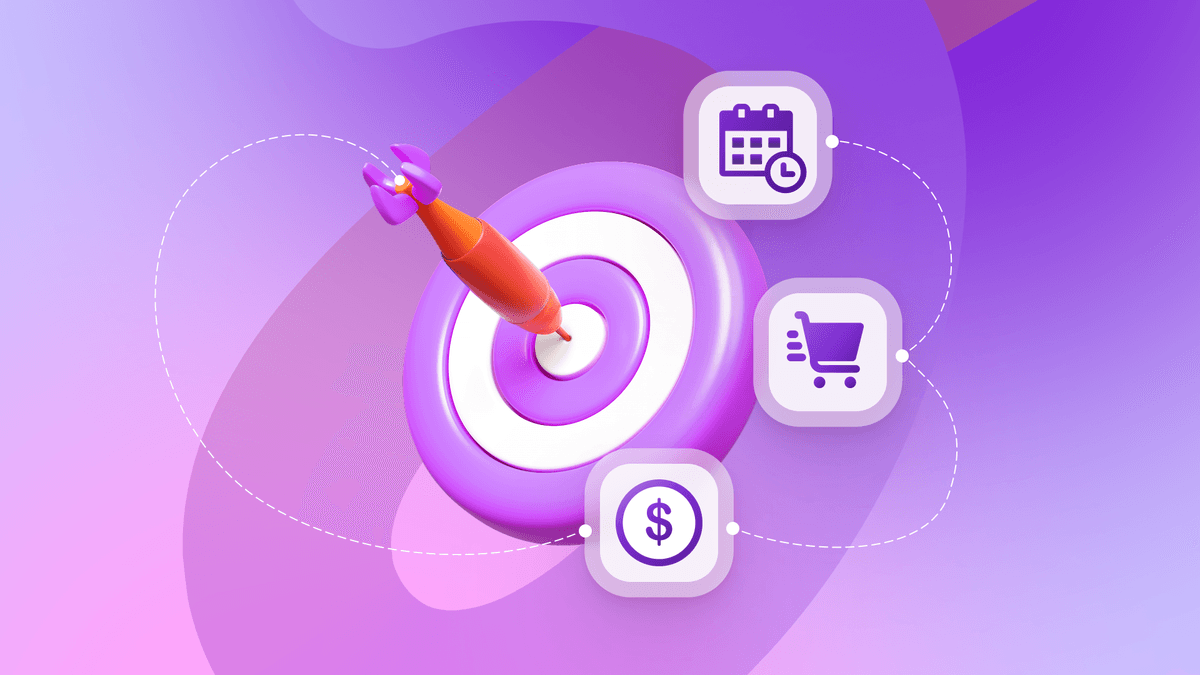
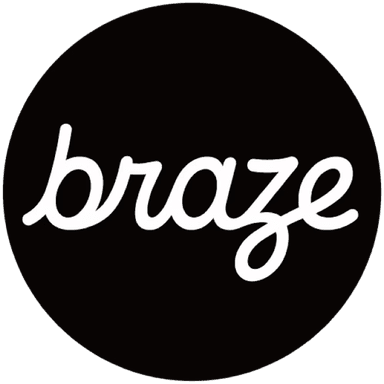
Team Braze
Every customer brings different value and behaviors to the table. Recency, Frequency, and Monetary analysis helps you recognize that—and respond with more relevant, effective marketing.
In this guide, we’ll break down the Recency, Frequency, and Monetary (RFM) model, show how it compares to other segmentation strategies and walk through practical ways to use it in your marketing. From scoring systems to real-world campaign examples, you’ll get a clear view of how RFM works—and how to start applying it to drive retention, relevance, and ROI.
Contents
- What is RFM segmentation
- How RFM analysis for customer segmentation works
- RFM customer segmentation vs other types of segmentation
- Case study spotlight–Real-world wins with RFM
- Applying RFM segmentation in Braze
- Smarter segmentation, better results
- FAQs about RFM segmentation
What is RFM segmentation?
RFM segmentation is a customer analysis technique that helps marketers group people based on their transactional behavior. It stands for Recency, Frequency, and Monetary value—three metrics that, when used together, can reveal who your most engaged, profitable, or at-risk customers are.
- Recency: How recently someone engaged or made a purchase
- Frequency: How often they engage or buy
- Monetary: How much they’ve spent overall
Why RFM matters for customer targeting
Not all customers are the same and RFM analysis gives marketers a practical way to act on that truth. Instead of sending blanket campaigns to your whole database, you can tailor messaging and timing to different types of users.
Want to re-engage lapsed customers? Focus on those with low recency scores. Want to reward your best buyers? Prioritize high-frequency, high-monetary segments. Need to boost campaign efficiency? Skip the low-engagement group entirely or route them into a win-back flow.
This type of customer grouping is especially valuable in lifecycle marketing, where personalization and relevance are everything. By using RFM analysis to understand where someone is in their customer journey—and how valuable they are to your business—you can make smarter decisions about what to say, when to say it, and whether they’re worth the push.
How RFM analysis for customer segmentation works
RFM analysis breaks customer behavior down into three measurable parts, then scores each customer to reveal patterns and segment groups based on how engaged or profitable they are.
Here’s how the process usually works:
1. Collect your data and score it
Start with historical customer activity such as purchase dates, frequency of transactions and total spend per customer. This data is usually pulled from your CRM, eCommerce platform, or customer engagement platform. Once you’ve collected this data, you can start identifying patterns in engagement and value. From there, you’ll group customers using a scoring system—which we’ll cover in the next section.
2. Segment your audience
After scoring, you can create targeted segments—loyal customers, big spenders, recent first-timers, at-risk users, and more. These segments can then be used to personalize campaigns, trigger journeys, or prioritize retention efforts.
3. Take action
The power of RFM analysis lies in how you use it. Whether you’re launching a VIP offer, creating a win-back flow, or refining your nurture tracks, RFM segmentation gives you a starting point rooted in customer behavior.
Understanding the RFM model: A closer look at Recency, Frequency, and Monetary value
You’ve seen the high-level definitions—now here’s how each one works in context, with practical examples to help guide your segmentation strategy.
Recency
What it tells you: How recently a customer interacted or purchased.Why it matters: Customers who engaged recently are more likely to come back. The longer it’s been, the harder it is to re-engage.Example: Someone who opened your app or placed an order last week is more primed for follow-up than someone who hasn’t interacted in months.
Frequency
What it tells you: How often a customer engages or buys over a set time period.Why it matters: Frequent activity signals loyalty or consistent interest. These customers are more likely to respond to ongoing communication.Example: A user who orders every two weeks shows stronger engagement than someone who made three purchases in one month, a year ago.
Monetary
What it tells you: The total amount a customer has spent with your brandWhy it matters: High spenders may deserve more attention—even if they don’t shop frequently.Example: A one-time buyer who spent $500 might be more valuable than someone with ten small orders.
By isolating these three variables, you get a flexible framework for analyzing customer value and planning next steps.
How to turn score your RFM data and turn it into actionable segments
Once you’ve collected recency, frequency and monetary data, the next step is to translate it into usable segments. That’s where scoring comes in. RFM scoring helps you turn raw behavioral data into structured, actionable customer groups—making it easier to prioritize outreach and tailor campaigns.
Step 1: Set your scoring scale
RFM uses a scale of 1 to 5 for each metric, where 5 is the highest (most recent, most frequent, highest spending) and 1 is the lowest. This five-point scale gives you enough flexibility to differentiate between users while keeping segmentation manageable.
Step 2: Rank your customers
For each metric, customers are ranked based on their behavior:
- Recency: Sort customers from most to least recent engagement
- Frequency: Sort by number of purchases or interactions in your chosen timeframe
- Monetary: Sort by total spend during that same period
Once ranked, divide customers into quintiles (five equal groups). The top 20% receive a score of 5, the next 20% receive a 4 and so on.
Step 3: Combine RFM scores
After scoring each dimension, combine the three values into a unique profile—for example:
- 5-5-5: A high-value customer who’s active, engaged and spending
- 1-2-1: A lapsed, low-spending user who may need re-engagement
- 3-2-5: A big spender who doesn’t purchase often
These profiles can form the backbone of your segmentation strategy. You can group customers by exact scores or cluster them into categories based on shared patterns.
Sample RFM segments you can build
- Champions (5-5-5): Highly engaged, loyal and high-spending
- Loyalists (4-5-4): Consistently engaged and responsive to campaigns
- Big spenders, low frequency (3-2-5): Worth nurturing with timely reminders
- New but promising (5-3-3): Early signs of value—nurture them strategically
- At-risk (1-2-2): Fading engagement, may need a win-back strategy
- Low-value, low-engagement (1-1-1): Unlikely to respond, lower priority
Once you’ve defined your segments, each group becomes a launchpad for more personalized, efficient marketing. Whether you’re building loyalty, boosting retention, or identifying who not to chase, RFM scoring makes the next step clearer.
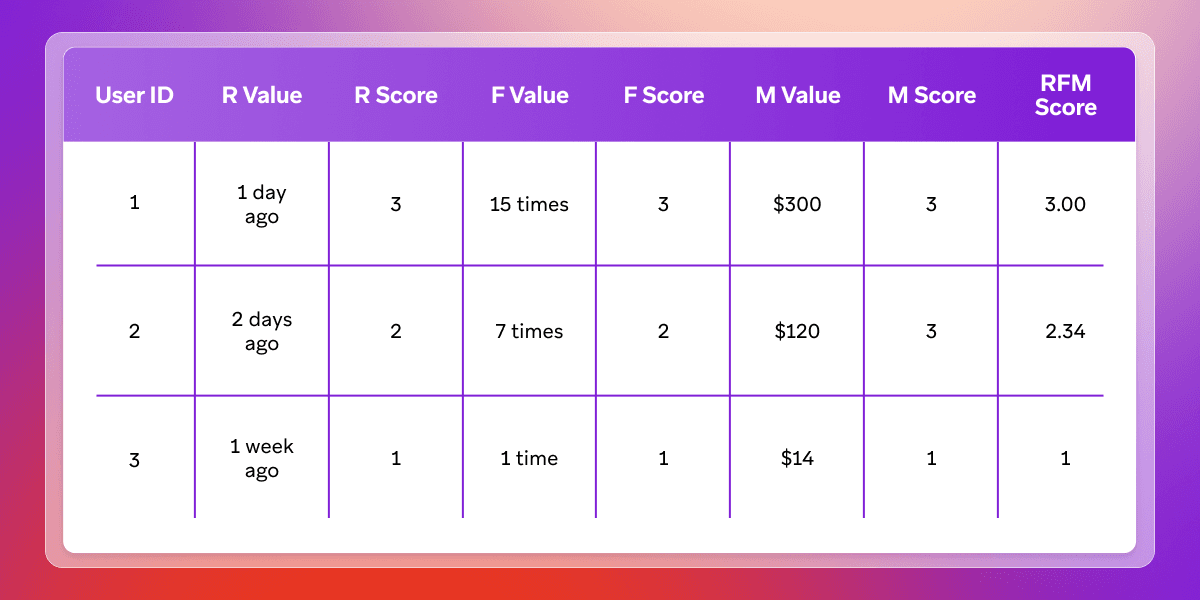
RFM customer segmentation vs. other types of segmentation
While RFM customer segmentation focuses on what your customers do—recent activity, engagement frequency and overall spend—other segmentation models take a different approach. Understanding the differences can help you choose the right tool for the job (or layer them together for deeper insight).
Key differences and advantages
- Demographic segmentation groups people based on static traits like age, gender, location, or income. It’s helpful for broad targeting but doesn’t account for behavior—two customers with identical profiles might act completely differently.
- Psychographic segmentation looks at attitudes, values, interests, or lifestyle preferences. This can be powerful for brand storytelling or product positioning, but it’s harder to measure and often relies on assumptions or survey data.
- Behavioral segmentation covers a wide range of activities, from browsing patterns to loyalty program usage. RFM is a subset of behavioral segmentation—but it offers a clear, score-based framework that’s easy to interpret and act on.
What sets RFM apart is its simplicity, measurability, and actionability. It uses data you already have (like purchases or sessions), gives you a numeric score you can rank and filter that ties into lifecycle stage and customer value. That makes it ideal for optimizing messaging, retention, and campaign efficiency.
Why RFM is a smart move for lifecycle marketing
Lifecycle marketing is all about delivering the right message at the right time, based on where someone is in their relationship with your brand. That’s exactly where RFM customer segmentation shines. By organizing customers based on how recently, how often and how much they engage, RFM gives you a behavioral map of your audience—and a way to act on it at every stage of the journey.
How brands use RFM to personalize the customer journey
RFM gives structure to what can otherwise feel like guesswork. Instead of assuming where a customer is in their lifecycle, you can use their actions as cues to guide them more intentionally.
Here’s how brands often apply RFM across the journey:
- Onboarding: Identify promising new users (high recency, medium frequency, growing spend) and fast-track them into nurture flows.
- Retention: Spot high-frequency, mid-spend customers and encourage ongoing engagement with relevant content or offers.
- Re-engagement: Target lapsed high-value users with personalized reminders, exclusives, or win-back campaigns.
- Advocacy: Reward your best customers—those with consistently high RFM scores—with VIP experiences, early access, or referral bonuses.
Case study spotlight: Real-world wins with RFM
So what does RFM segmentation look like out in the wild? These two brands used RFM-style strategies to sharpen their targeting, boost retention, and make smarter use of their data. Here’s how it played out.
Blacklane shifts into high gear with smarter segmentation
Blacklane connects travelers with professional chauffeurs for pre-scheduled and on-demand rides. What began in Berlin has grown into a global, sustainability-focused service operating across major cities worldwide.
The problem
Blacklane uses a persona-driven RFM framework to track customer lifecycles and identify clear gaps in communication, conversion, and retention. Their offering stood out in the market, but capturing and keeping customers required stronger engagement.
After a 94% increase in CRM-driven revenue in 2019 following their adoption of Braze, the Retention Team doubled down on personalization to drive sustainable growth.
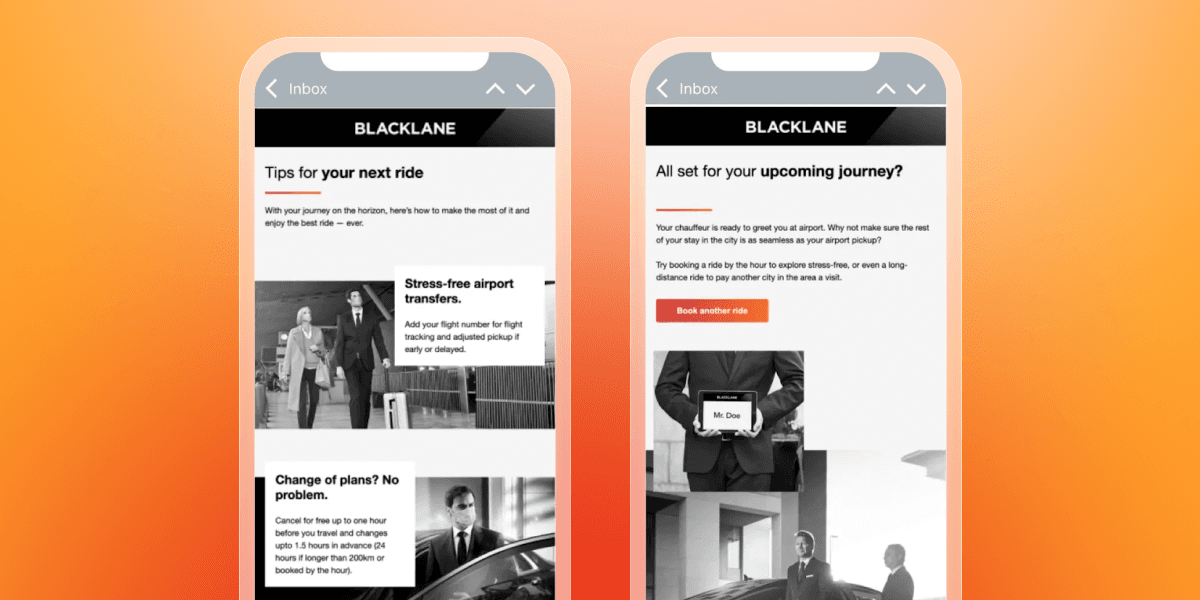
The solution
Using Braze, Blacklane applied RFM-style logic to group users based on their activity and value. By combining behavioral insights with cross-channel messaging, they tailored outreach to match different customer journeys—from first-time riders to frequent business travelers.
The results
Lifecycle conversions rose by 194%, email open rates jumped 32%, push notification opens increased by 33% and unsubscribe-to-open rates dropped by 51%.
Floward grows stronger relationships with RFM-powered personalization
Floward is a gifting and flower delivery service focused on creating meaningful moments across the Middle East and the UK. With same-day delivery and a curated range of gifts, the brand aims to make thoughtful connections easier to share—especially during high-stakes seasonal events
The problem
Ahead of Valentine’s Day, Floward wanted to maximize engagement and conversions across multiple markets—but generic messaging wasn’t going to cut it. They needed a way to personalize communication at scale across multiple channels and customer types, from loyal buyers to churned users. Without a strategic segmentation and timing approach, they risked missing the moment entirely.
The solution
Floward used Braze Canvas to build a cross-channel journey for their “Romance is Simpler with Floward” campaign, incorporating WhatsApp, push notifications, in-app messages and email. They ran Recency, Frequency, Monetary (RFM) analysis to segment customers, then built tailored messaging strategies for each segment and market.
Creative content and visuals were customized per audience group, and campaigns were localized with different strategies for new and returning users. Messages included deep links to the Valentine’s Day collection, and Braze Intelligent Timing helped send each one at the moment users were most likely to engage.
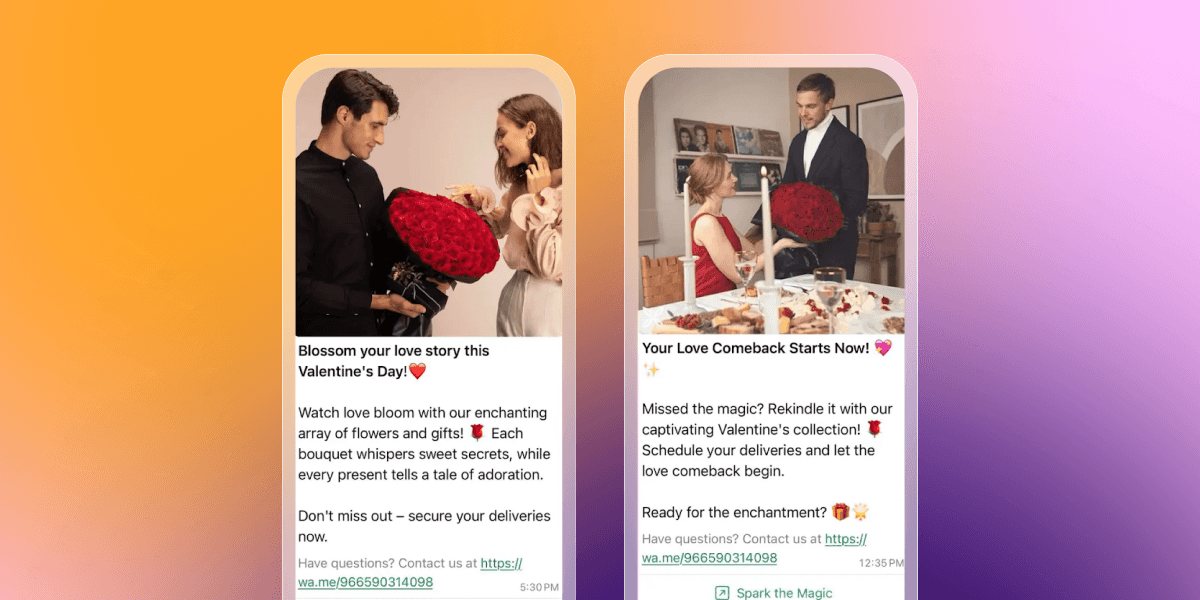
Using Canvas Analytics and Campaign Reports, the team monitored real-time performance—adjusting messaging on the fly and gaining a clear view of engagement, open rates, click-throughs, and conversions. The entire campaign was developed and launched in just five weeks, combining data, automation and creativity to deliver a personalized experience that felt anything but automated.
The results
Floward’s Valentine’s Day campaign proved the power of RFM, personalized, cross-channel messaging. By using Braze to coordinate outreach across WhatsApp, push, in-app, and email, the brand not only boosted sales and reactivated lapsed users—they also saw a lift in loyalty. Positive reviews increased by 21%, and they captured 99.1% share of voice among direct competitors during the holiday.
Applying RFM customer segmentation in Braze
Once you've built your RFM segments, the real power comes from activating them across campaigns—and Braze helps make that transition seamless. Instead of exporting lists or juggling disconnected tools, you can build, analyze, and act on customer data in one place.
How Braze supports RFM analysis and targeting
Braze offers flexible segmentation tools that can replicate and automate RFM logic. Using filters based on customer behavior—like session count, purchase frequency, or last activity—you can create dynamic audiences that update as user behavior changes.
Key features that support RFM-style segmentation include:
- Custom attributes: Track and score RFM data points per user
- Segments and filters: Build audience groups using recency, frequency, or spend criteria
- Connected Content: Personalize messages based on someone’s RFM profile
- Frequency capping and delivery controls: Tailor outreach cadence to each segment’s engagement level
And because these segments are dynamic, you can use them to trigger personalized journeys, campaigns, or A/B tests automatically.
Where to start: Using Braze Instant Insights
If you’re not sure which segments to prioritize first, Braze Instant Insights is a helpful place to start. It gives you a real-time view of user activity, campaign performance, and engagement trends—making it easier to spot high-potential or at-risk groups.
Once you’ve identified those segments, you can sync them with messaging workflows and personalize content by channel, behavior, and customer value. Whether you’re building a retention playbook or testing a re-engagement strategy, you’re working from live, behavior-based data—not static lists or guesswork.
Smarter segmentation, better results
RFM customer segmentation is a practical, data-backed framework that helps marketers move beyond assumptions and surface-level targeting. By focusing on what your customers actually do, you can prioritize the ones who matter most, craft more relevant messaging, and drive stronger results across the customer lifecycle.
Whether you’re aiming to increase retention, optimize spend, or build more meaningful relationships, RFM gives you the kind of segmentation that scales. And with a platform like Braze, turning those segments into action is quicker and easier.
FAQs about RFM segmentation
RFM segmentation is a way to group customers based on how recently, how often and how much they engage. It helps marketers prioritize campaigns using real-world activity.
RFM stands for Recency, Frequency, and Monetary value—the three key metrics used to score and segment customers.
RFM segmentation is a structured form of behavioral segmentation. It’s not better in every case, but it’s easier to apply and scale for targeting based on customer value.
Yes, RFM segmentation can be used alongside demographic, psychographic, or lifecycle segmentation to build even more tailored audience groups.
Be Absolutely Engaging.™
Sign up for regular updates from Braze.
Related Content
View the Blog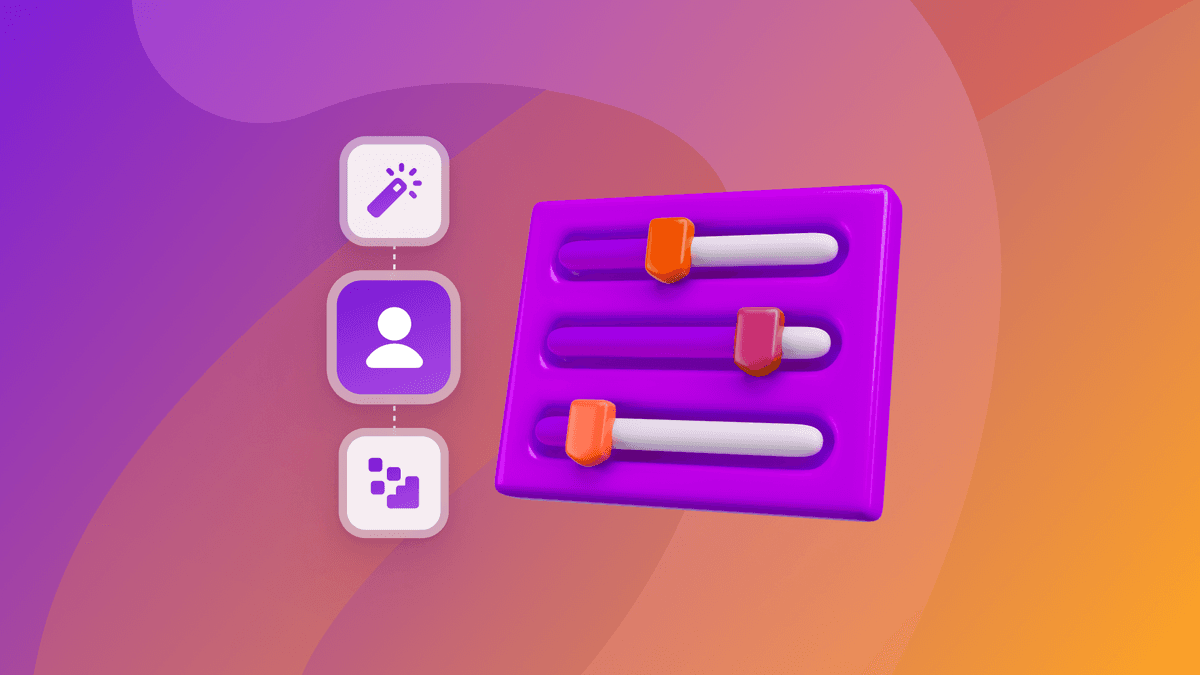
How behavioral marketing turns data into personalized experiences

Team Braze
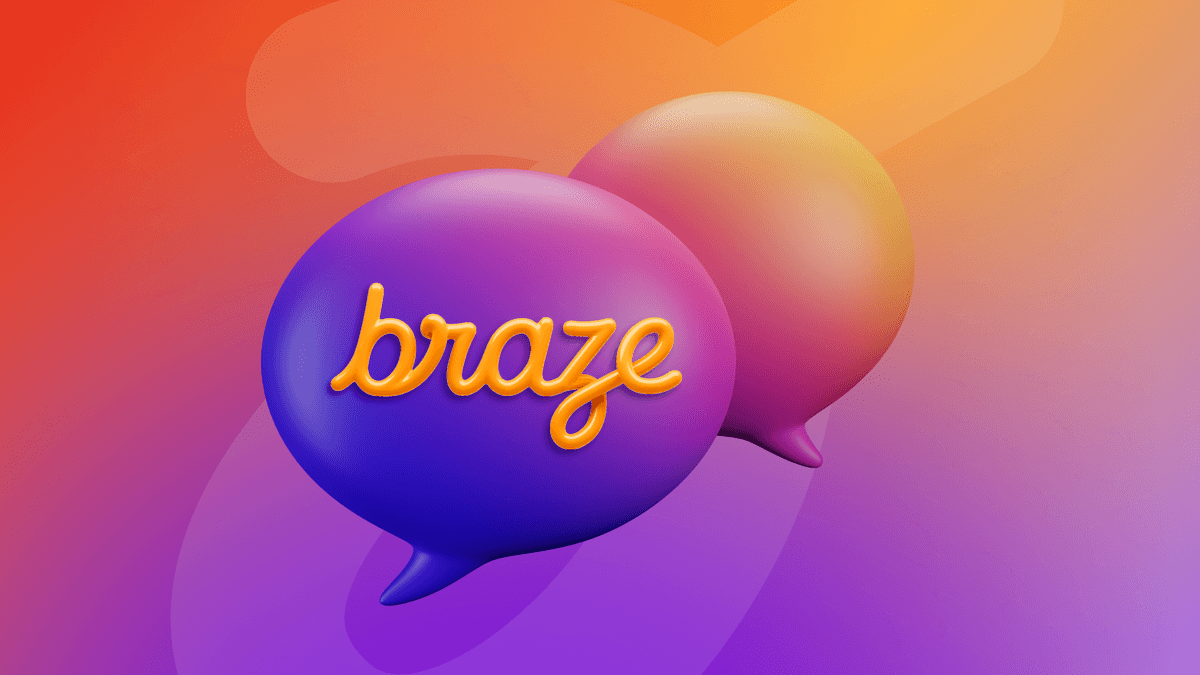
SMS vs. MMS vs. RCS: Choosing the right messaging channel for modern engagement

Team Braze

Enterprise generative AI: Transforming data, decisions, and customer experiences
